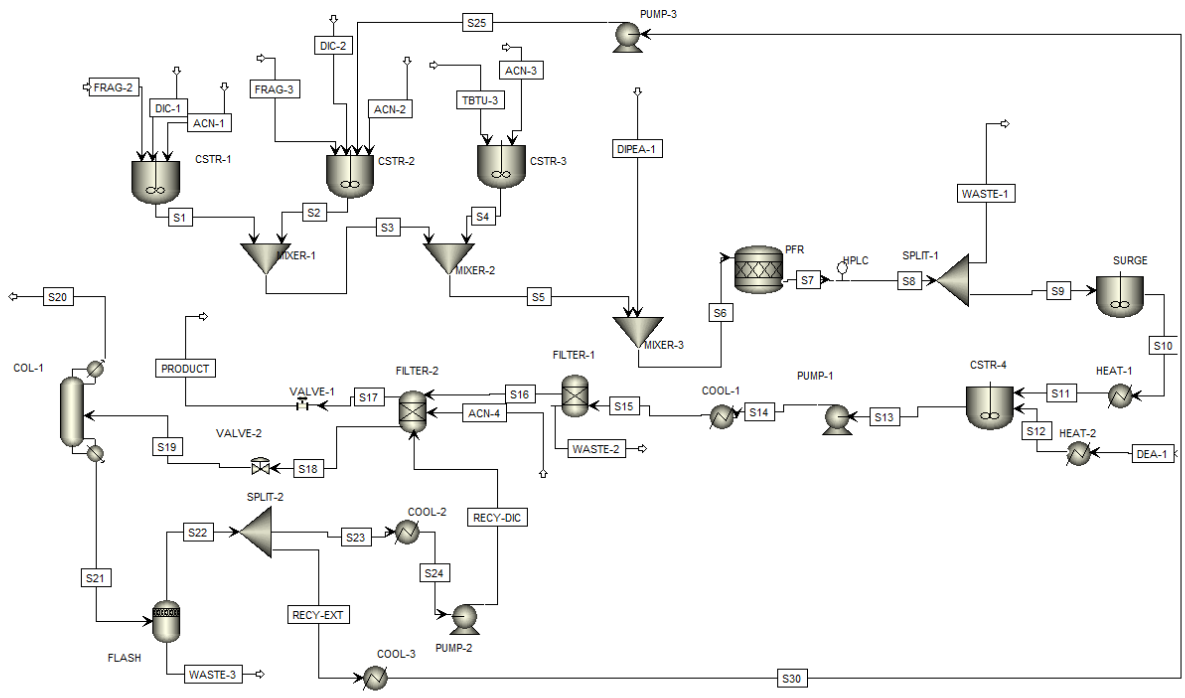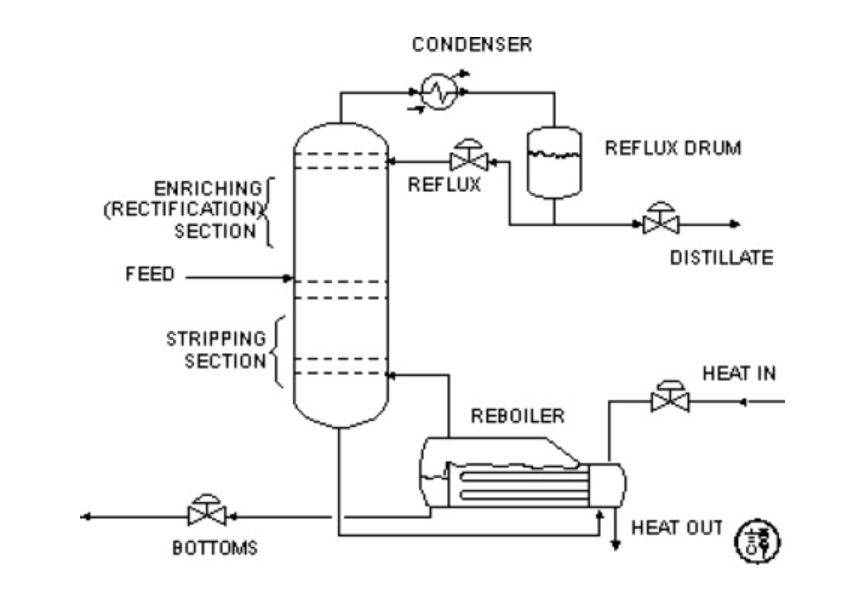Tirzepatide Manufacturing Design
A comprehensive manufacturing design project for Tirzepatide production, focusing on environmental, safety, and economic considerations.
The Tirzepatide Manufacturing Design project is a detailed study addressing the environmental, safety, and economic aspects of producing Tirzepatide. The project spans design, process simulation, material balances, and equipment specifications, culminating in profitability and sensitivity analysis.


The design incorporates rigorous environmental, health, and safety (EHS) measures to ensure compliance with industry standards while optimizing production efficiency.


Key Sections of the Project:
- Executive Summary: A concise overview of the project scope and objectives.
- Environmental, Health, and Safety Considerations: Strategies to minimize environmental impact and ensure worker safety.
- Process Flow Diagram: A visual representation of the entire manufacturing process.
- Material Balances: Calculations for feedstocks, intermediates, and products.
- Equipment Specifications: Detailed designs for reactors, distillation columns, pumps, filters, and more.
- Utilities Summary: Optimization of utilities and heat integration for energy efficiency.
- Economic Analysis: Comprehensive breakdown of capital, variable, and fixed costs, as well as profitability and sensitivity analyses.

Technologies and Tools:
- Aspen Plus Simulation: For accurate process modeling and optimization.
- Excel and MATLAB: For detailed economic calculations and sensitivity analysis.
- EHS Guidelines: Adhered to ensure compliance with global standards.
- Agile Methodology: Used for iterative progress, ensuring each aspect is thoroughly reviewed and optimized.
Conclusion: The Tirzepatide Manufacturing Design project represents a blend of technical rigor, safety compliance, and economic feasibility, designed to meet the demands of large-scale production efficiently.
Future Enhancements:
- Exploration of alternative materials for improved sustainability.
- Advanced heat integration strategies for further energy savings.
- Pilot-scale testing to validate the design before full-scale implementation.